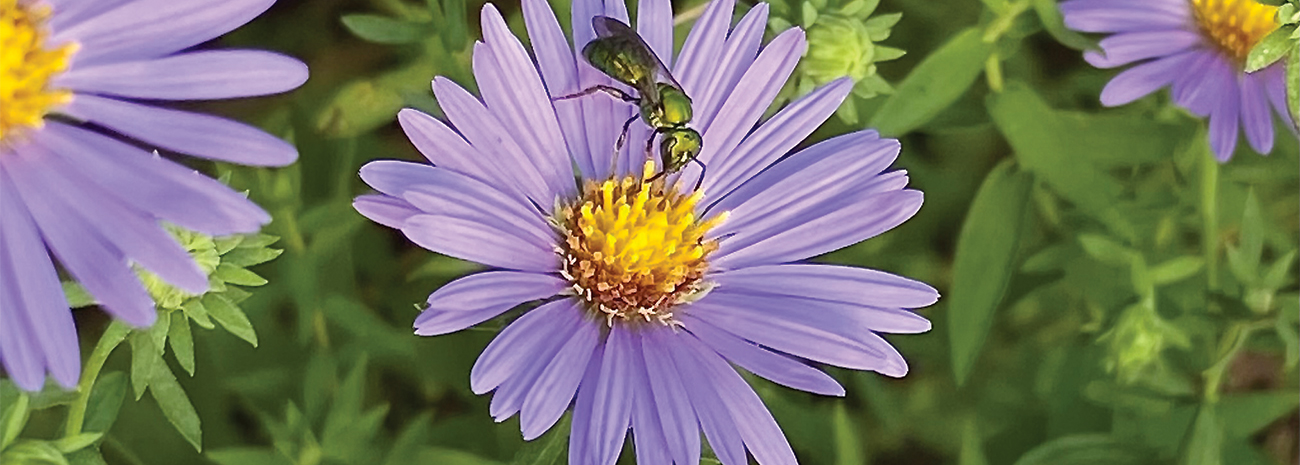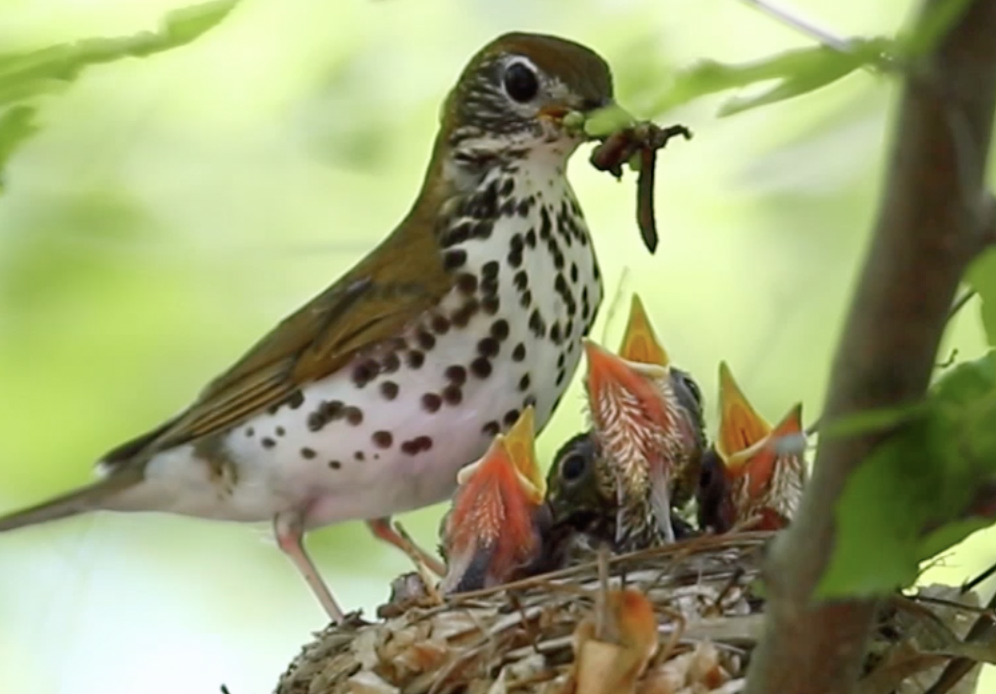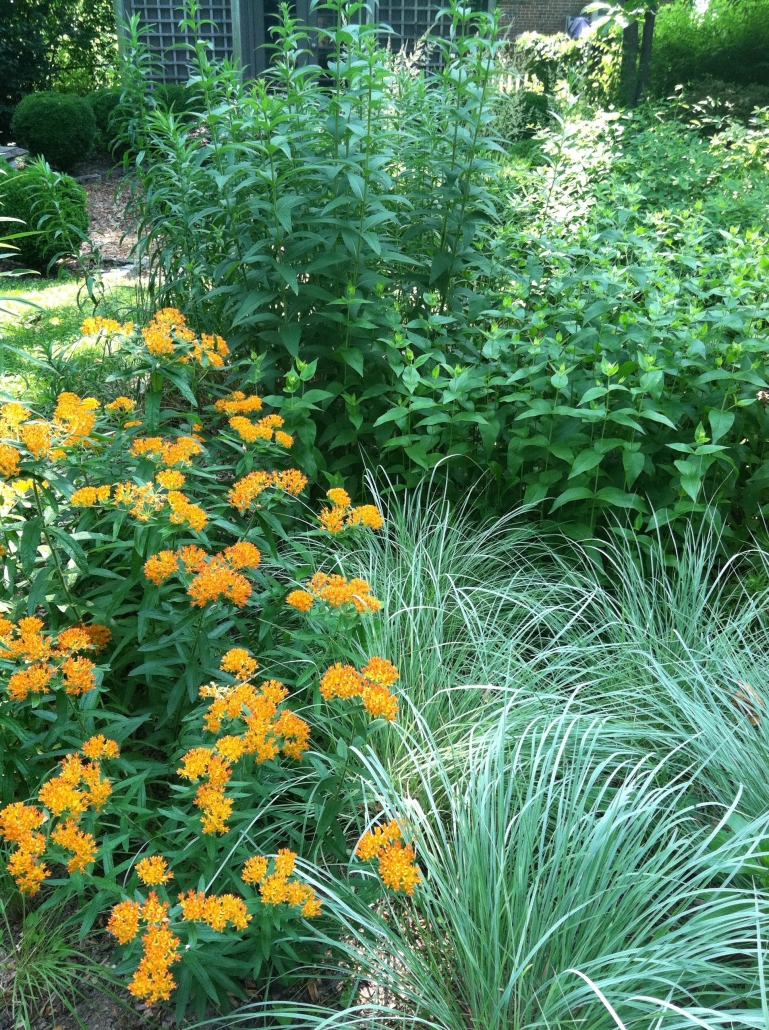Catherine Zimmerman
-
Sustainable Landscape Designer
-
Certified Horticulturalist
-
Accredited Organic Landcare Professional
-
Author, Urban & Suburban Meadows–
a guide to natural landscaping
themeadowproject414@gmail.com * 301-754-1414
Sustainable Landscape Design
Through my environmental film work, writings, and talks, I try to connect people to nature and each other. The practical application of that work has evolved into designing and creating biodiverse gardens for wildlife and human life. As a certified horticulturalist/landscape designer and accredited organic land care professional, I bring a critical understanding of the interface between soils, soil organisms, native plant communities, insects, and natural systems to my designs. The basic concept is that they are all intrinsically, naturally linked. When an outdoor space is supported by a well-designed, well executed, regenerative landscape plan, the result will be long-term sustainability, increased biodiversity, and reduction of water and maintenance costs, all while creating an aesthetically pleasing harmony in the garden and surrounding natural spaces.
Design Process Steps
- Initial consultation – I meet with you for an hour or so to discuss your needs/goals and vision of how you want to use your outdoor living space. I do a preliminary assessment of existing conditions, design opportunities, and talk about short and long-term goals for your project. We also discuss time frame and budget considerations. If moving forward, I need a copy of your property plat or home survey, typically found in your home purchase documents.
- Management – Using the right plant for the right place will help with management and costs. Once established, watering should be minimal, but plants should be monitored for any stress. To keep weeds from out competing the new plants, weeding will be essential, especially in the first season. Bare ground should be mulched, but the goal is to plant ground covers to create “green mulch”, reducing the need for mulching and weeding. Herbaceous plants should be cut back in late March/early April.
Why Native Plants
An exercise I give my clients to help them tune into their property: Sit in your yard. Just listen. Lawn mower? Traffic? Bird song? If you only hear the first two, you likely have few or no native plants on your property. Native plants are host plants for native pollinators and insects. Most (90%) of our insects are host specific, meaning they only lay their eggs on plants their young can eat. For example, a Monarch caterpillar can only eat the Milkweed plant. Think of host plants as nurseries of the garden. How do butterflies know they are laying their eggs on a host plant? Butterflies taste with their lower leg (tarsus) and feet, which is where their taste sensors are located. By standing on their food, they can taste it to see if their baby caterpillars are able to eat the plant and survive to become a butterfly. Speaking of survival, butterflies and moths can lay about 400 eggs, but only about 8 live to become adult butterflies. A biodiverse garden provides that balance. No one insect or organism overwhelms the natural system. Who are eating these caterpillars? Birds and other critters. Connection. Birds need a food source , like caterpillars, to feed their babies. No native plants, no caterpillars, very few birds in your garden. If you would like all that wonderful wildlife action in your garden, the solution is to plant native plants.
- Site analysis – Understanding existing site conditions is crucial to creating a comprehensive plan design. I embrace the site conditions. Rather than going to great expense changing and amending the site, I turn a difficult site into an asset by choosing plants that will thrive in those conditions. Detailed dimensions, existing vegetation, water drainage issues, solar exposure, moisture conditions, topography and surrounding context will be noted, mapped and photographed. Soil testing may be required.
- Site preparation – Good site preparation helps ensure long term success. The area will be disturbed, which causes weed seeds to be exposed to the sun resulting in a bumper crop of weeds. I take care to keep the maintenance down, using organic techniques as needed.
- Installation – Proposed hardscapes will be installed before planting. Plant material will be sourced from local nurseries. The installation may be done in phases and as plant material is available. Until plants are established, regular watering will be needed.
































